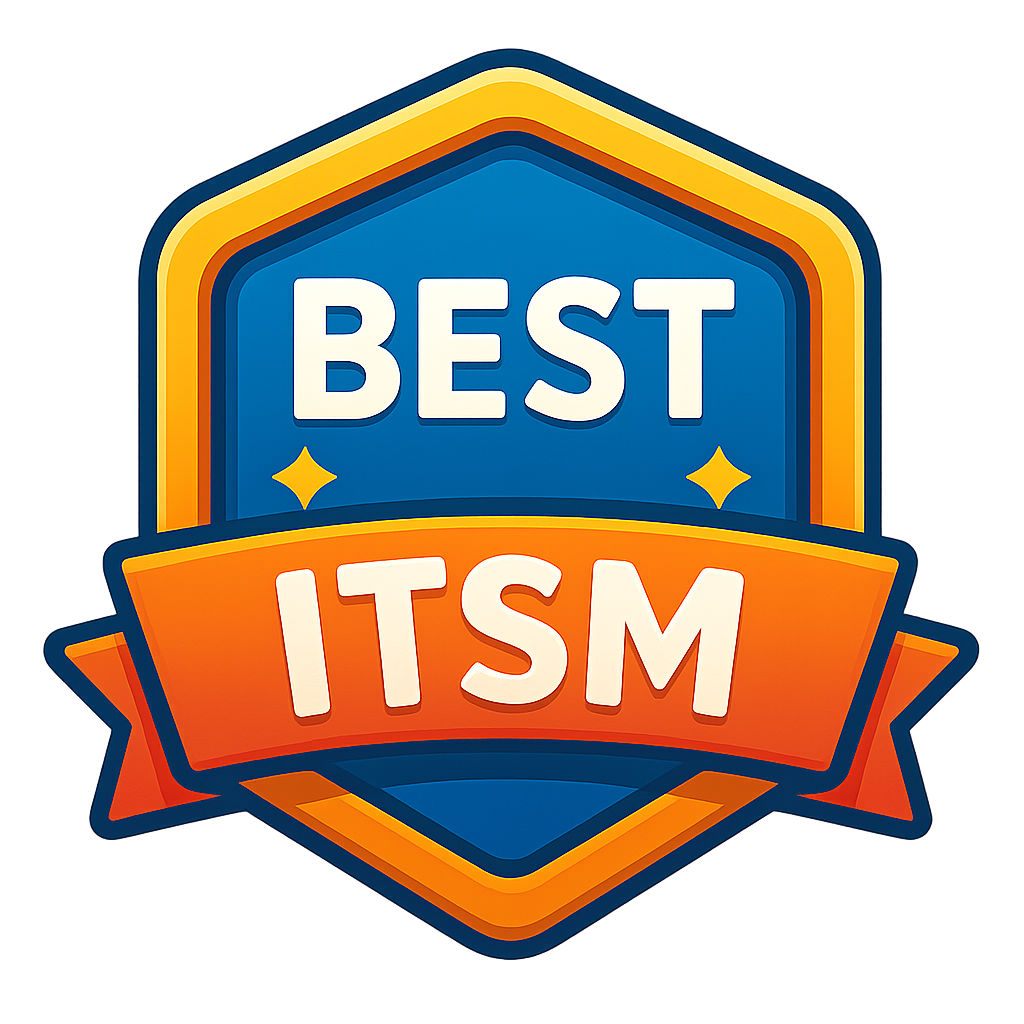Customizable Forms and Fields
What are Customizable Forms and Fields? Customizable forms and fields are essential features in modern software applications, enabling users to tailor forms to meet their specific needs. This flexibility enhances data collection, improves workflow efficiency, and significantly boosts user experience. Customizable forms and fields allow organizations to adapt software solutions to their unique requirements without extensive development work.
At its core, customizable forms refer to the ability to modify the structure and content of forms within a software application. This includes adding, removing, or rearranging fields, changing field types, and configuring form logic. Fields are the individual data entry points within a form, such as text boxes, dropdown menus, checkboxes, and date pickers. Customizable fields allow users to define what data is captured and how it is formatted.
One of the primary benefits of customizable forms and fields is improved data collection. Standard forms may not capture all the necessary information needed for specific processes or industries. Customizable forms enable organizations to design forms that collect relevant and precise data, ensuring that all necessary information is gathered from the start. This reduces the need for follow-up communications and improves data accuracy.
Enhanced workflow efficiency is another significant advantage. Customizable forms and fields allow organizations to streamline their processes by creating forms that align with their workflows. For example, a healthcare provider can customize patient intake forms to include specific medical history questions, while a real estate company can tailor property listing forms to capture details relevant to their market. This alignment with workflow needs reduces the time spent on data entry and processing, allowing employees to focus on more value-added tasks.
User experience is also greatly improved with customizable forms and fields. Users appreciate software that adapts to their needs rather than forcing them to conform to rigid templates. The ability to customize forms ensures that users interact with interfaces that are intuitive and relevant to their tasks. This leads to higher user satisfaction and increased adoption rates of software solutions.
From a technical perspective, customizable forms and fields are typically implemented through a form builder interface within the software application. This interface allows users to drag and drop fields, set field properties, and configure form behavior without requiring programming knowledge. Advanced customization options may include conditional logic, which enables the form to display or hide fields based on user inputs, and validation rules, which ensure data is entered correctly.
Integration with other systems is another critical aspect of customizable forms and fields. Forms often need to exchange data with other applications, such as CRM systems, databases, or ERP solutions. Customizable forms can be designed to map fields to corresponding data points in these systems, ensuring seamless data transfer and consistency across platforms.
In conclusion, customizable forms and fields are powerful features that enhance the functionality and usability of software applications. By allowing organizations to tailor forms to their specific needs, these features improve data collection, streamline workflows, and enhance user experience. As a result, customizable forms and fields are essential components of any modern software solution, providing the flexibility needed to meet diverse and evolving business requirements.
